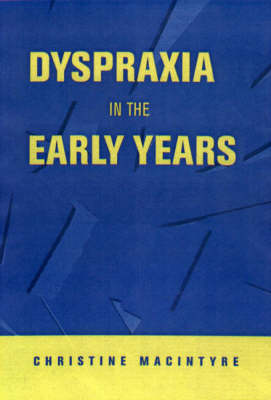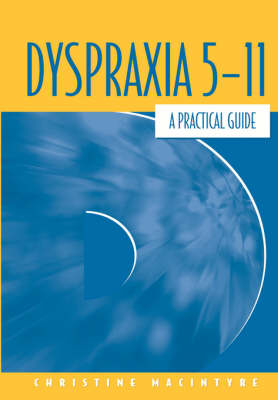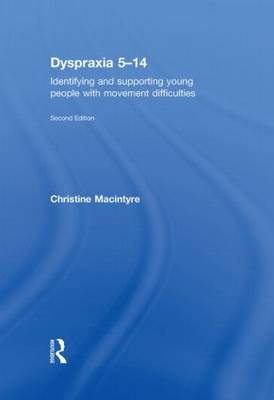nasen spotlight
4 total works
Dyspraxia is increasingly common in young children. This fully revised and updated edition of Christine Macintyre’s invaluable companion explains the difficulties faced by children with dyspraxia in growing up and offers suggestions as to how these might be alleviated.
In this book the children themselves, along with their parents and teachers, talk about how the difficulties change as the transition is made from primary to secondary school.
Children with dyspraxia are frequently beset by frustrations as a result of their differences, can be misunderstood both at home and at school, and are very often bullied. This practical guide considers:
- the issue of giving children labels
- strategies to reduce stress
- the value of movement programmes
- raising self-esteem
- the transition to secondary school
- particular challenges faced during Puberty/adolescence
- handwriting as an indicator of dyspraxia.
Including practical activities with additional material for secondary pupils this book shows children how to articulate their differences using individualised explanations, and then go on to succeed having recognised where their talents lie.
Dyspraxia 5-14 is essential reading for teachers, parents, SENCos, teaching assistants and trainee teachers who want to improve their understanding of dyspraxia and its implications for children in Key stages 1-3.



